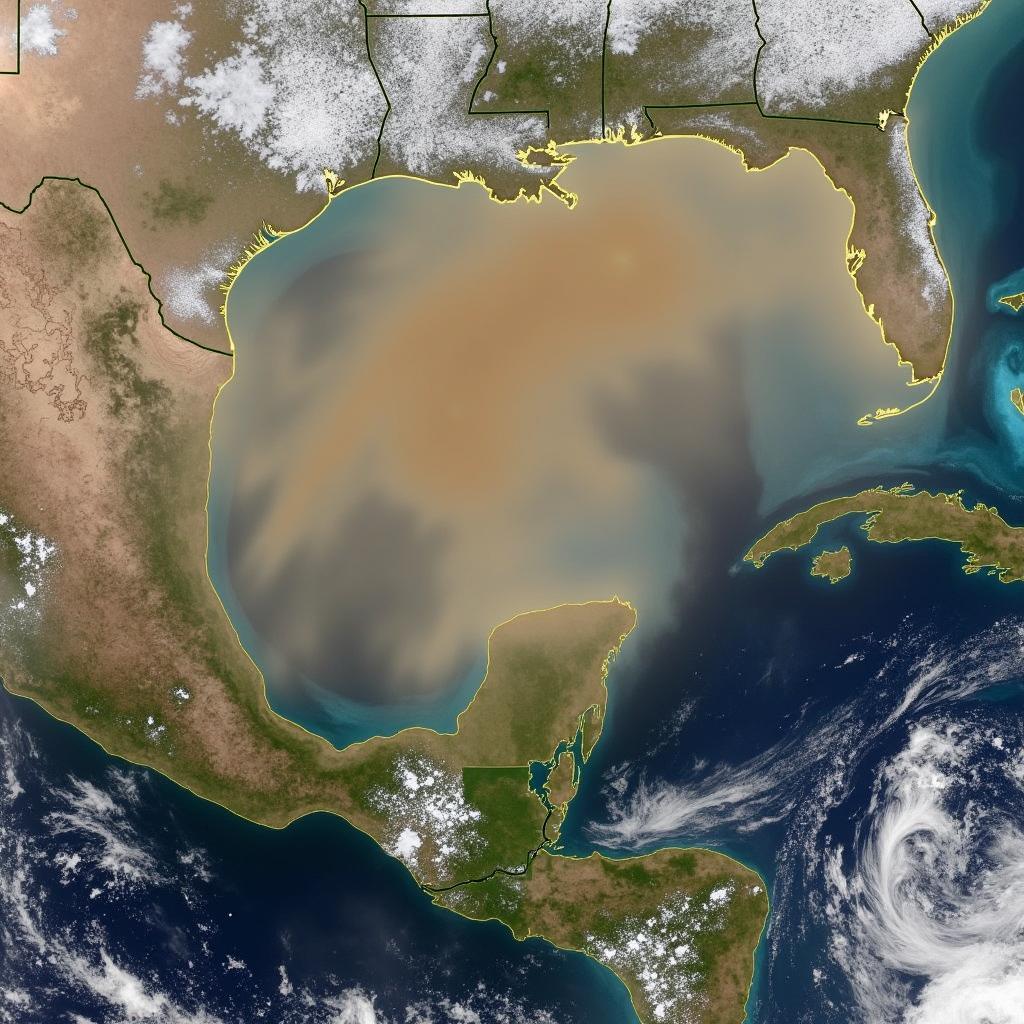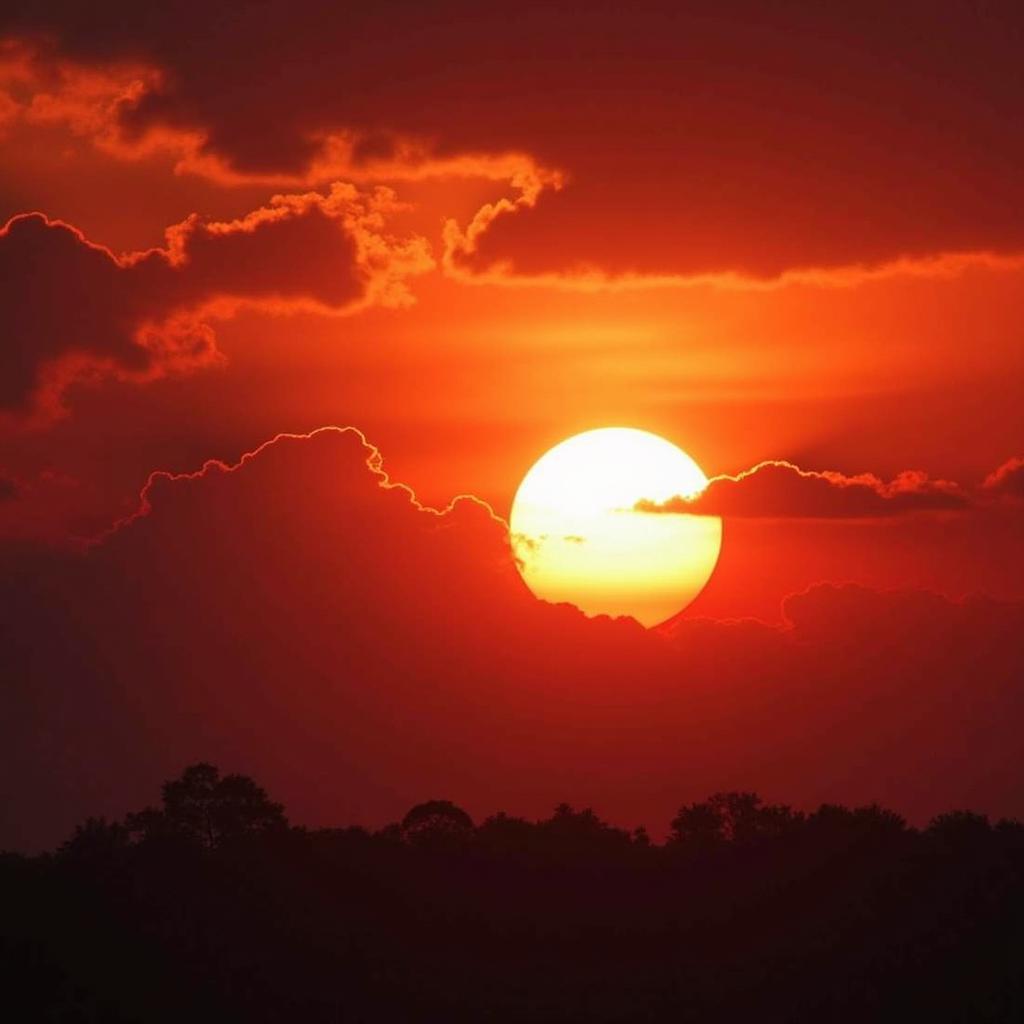African Dust Travels Far: The Sahara’s Impact on Florida in August 2019
August 2019 saw a dramatic weather phenomenon unfold across the Atlantic Ocean – a massive plume of dust, originating from the Sahara Desert, swept westward, ultimately reaching the southeastern United States, including Florida. This wasn’t just any dust storm; it was a vivid demonstration of the interconnectedness of our planet and the far-reaching impact of natural events.
 Satellite image of Saharan dust plume over Florida in August 2019
Satellite image of Saharan dust plume over Florida in August 2019
Understanding Saharan Dust & Its Transatlantic Journey
The Sahara Desert, the world’s largest hot desert, is a significant source of dust plumes. These plumes, laden with fine particles of sand and minerals, are lifted into the atmosphere by strong winds, sometimes reaching heights of 15,000 feet. Driven by easterly trade winds, these plumes can travel thousands of miles across the Atlantic Ocean, reaching the Caribbean, South America, and the southeastern United States.
“These dust events are cyclical and often coincide with the hot, dry season in the Sahara,” explains Dr. Abena Osei, a climate scientist specializing in atmospheric dust transport. “While they can impact air quality, they also play a crucial role in fertilizing ecosystems and influencing weather patterns.”
 Vivid sunset in Florida caused by Saharan dust in August 2019
Vivid sunset in Florida caused by Saharan dust in August 2019
Florida’s Experience with Saharan Dust in August 2019
In August 2019, Florida experienced a particularly intense surge of Saharan dust. The skies took on a milky haze, visibility was reduced, and air quality was affected, particularly for individuals with respiratory conditions. Sunsets were unusually vibrant, painted in fiery hues of orange and red due to the scattering of sunlight by dust particles.
The 2019 event, while visually striking, was not an isolated incident. Florida has a history of experiencing Saharan dust events, typically during the summer months. The intensity and impact vary, influenced by factors such as the size of the dust plume, wind patterns, and local weather conditions.
The Wider Implications of Saharan Dust
The impacts of Saharan dust extend far beyond hazy skies and colorful sunsets. These dust plumes, while sometimes perceived as a nuisance, play a vital role in our planet’s ecosystem.
- Fertilizing Ecosystems: The iron and other nutrients present in Saharan dust act as natural fertilizers, benefiting rainforests in the Amazon Basin and enriching marine life in the Atlantic Ocean.
- Suppressing Hurricanes: The dry, dusty air associated with Saharan dust plumes can inhibit hurricane formation by disrupting the rising air currents necessary for their development.
- Influencing Climate: The dust particles can reflect sunlight back into space, potentially influencing global temperatures.
Understanding Our Interconnected Planet
The arrival of Saharan dust in Florida serves as a tangible reminder of the interconnectedness of our planet. Events occurring in one part of the world can have far-reaching consequences, impacting weather patterns, ecosystems, and human health thousands of miles away. Studying these phenomena provides valuable insights into Earth’s complex systems and the importance of global environmental awareness.

